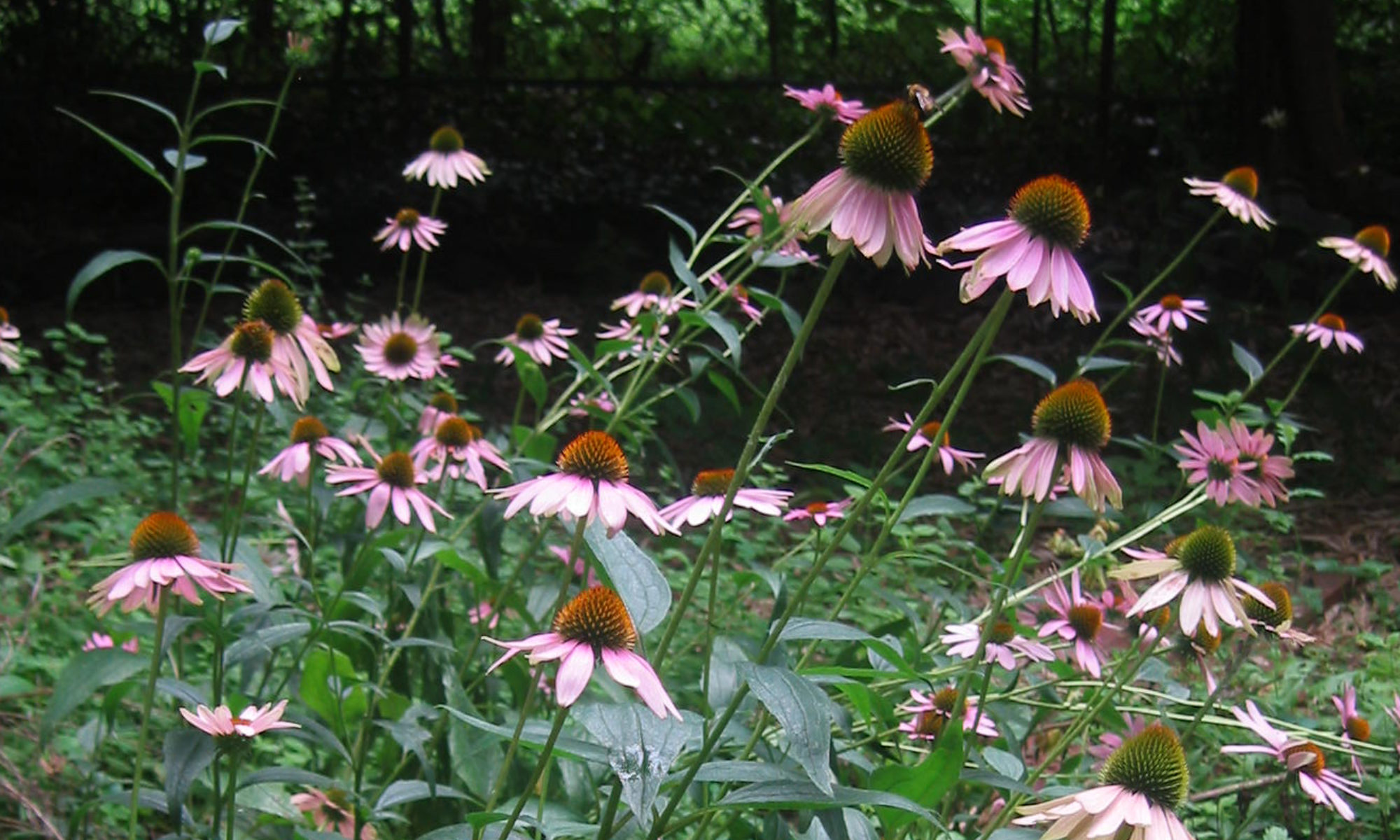ALICE HENKEL (1869-1916)
A botanist for the US Department of Agriculture, Alice Henkel wrote authoritative pamphlets about medicinal plants, best-sellers among the department’s publications.

Alice Henkel’s career serves as a reminder of both the limitations placed on talented women of her time and the ways they found of dealing with those limitations. She came from a family of doctors, druggists, and botanists; her father was an Ohio pharmacist who moved his family to Washington to work for the government. There Alice studied stenography and typing and, after working for a newspaper, took a civil service exam and began her career at the USDA as a stenographer. Her knowledge of pharmacy and her competence in transcribing scientific documents attracted the attention of Charles W. Dabney, Assistant Secretary of Agriculture under Grover Cleveland. According to a 1915 profile published in The Pharmaceutical Era, Dabney “urged her to give up stenography and study some scientific subject.”
For three years, Alice Henkel studied medical botany at the National College of Pharmacy, which later became part of George Washington University. In 1898 she was transferred to the USDA Division of Botany, working under chief botanist Frederick Vernon Coville, who with Henry Hurd Rusby and others had recently completed a medicinal plant survey for the Smithsonian Institution.
In 1901, Coville put Henkel in charge of the medicinal plants to be cultivated in the USDA test gardens, working in the newly organized Bureau of Plant Industry. Her first pamphlet, Weeds Used in Medicine, was published in 1904. In it, she suggested that farmers might make “pests sources of profit,” collecting and curing drug plants that they had heretofore regarded as weeds. “The prices paid for crude drugs,” she admitted, “would rarely tempt anyone to pursue this line of work as a business. Yet, if in ridding the farm of weeds and thus raising the value of the land the farmer can at the same time make these pests the source of a small income instead of a dead loss, something is gained.” She offered advice about collecting and curing plant material, distinguished between methods for processing roots, leaves, flowers, and barks, and recommended sending samples to commission merchants, general stores, and drug stores. The plants described included burdock, dandelion, yellow dock, foxglove, pokeweed, and yarrow. In later publications, Henkel offered advice on plants with established markets, such as goldenseal and peppermint.
In 1905, the work of investigating medicinal plants became an independent office, and Alice Henkel was transferred there, though her pamphlets continued to be published as Bureau of Plant Industry Bulletins. She was working in the USDA’s Office of Economic and Systematic Botany as of 1915, the year before her death.
The Department of Agriculture continued to offer advice about medicinal plants to farmers, including both cultivation and processing instruction and analysis of commercial prospects, in its Farmers’ Bulletins, such as #663, Drug Plants Under Cultivation (1920) and #1231, Drying Crude Drugs (1921). In 1930, A.F. Sievers, senior biochemist at the Office of Drug and Related Plants, Bureau of Plant Industry, compiled Alice Henkel’s pamphlets into USDA Miscellaneous Publication #77, American Medicinal Plants of Commercial Importance, eliminating some plants she had described and adding some new ones. It was commercially reprinted in the 1970s as The Herb Growers Guide.
PAMPHLETS BY ALICE HENKEL
“Weeds Used in Medicine,” USDA Farmers’ Bulletin no. 188 (1904)
“Goldenseal,” with G. Fred Klugh, USDA Bureau of Plant Industry Bulletin no. 51, Part 6 (1905). Revised as “The Cultivation and Handling of Goldenseal,” USDA Bureau of Plant Industry Circular no. 6 (1908)
“Wild Medicinal Plants of the United States,” USDA Bureau of Plant Industry Bulletin no. 89 (1906)
“Peppermint,” USDA Bureau of Plant Industry Bulletin no. 90, Part 3 (1905)
“American Root Drugs.” USDA Bureau of Plant Industry Bulletin no. 107 (1907)
“American Medicinal Barks” USDA Bureau of Plant Industry Bulletin no. 139 (1909)
“American Medicinal Leaves and Herbs,” USDA Bureau of Plant Industry Bulletin no. 219 (1911)
“American Medicinal Flowers, Fruits, and Seeds,” Bulletin of the USDA, no. 26 (1913)

